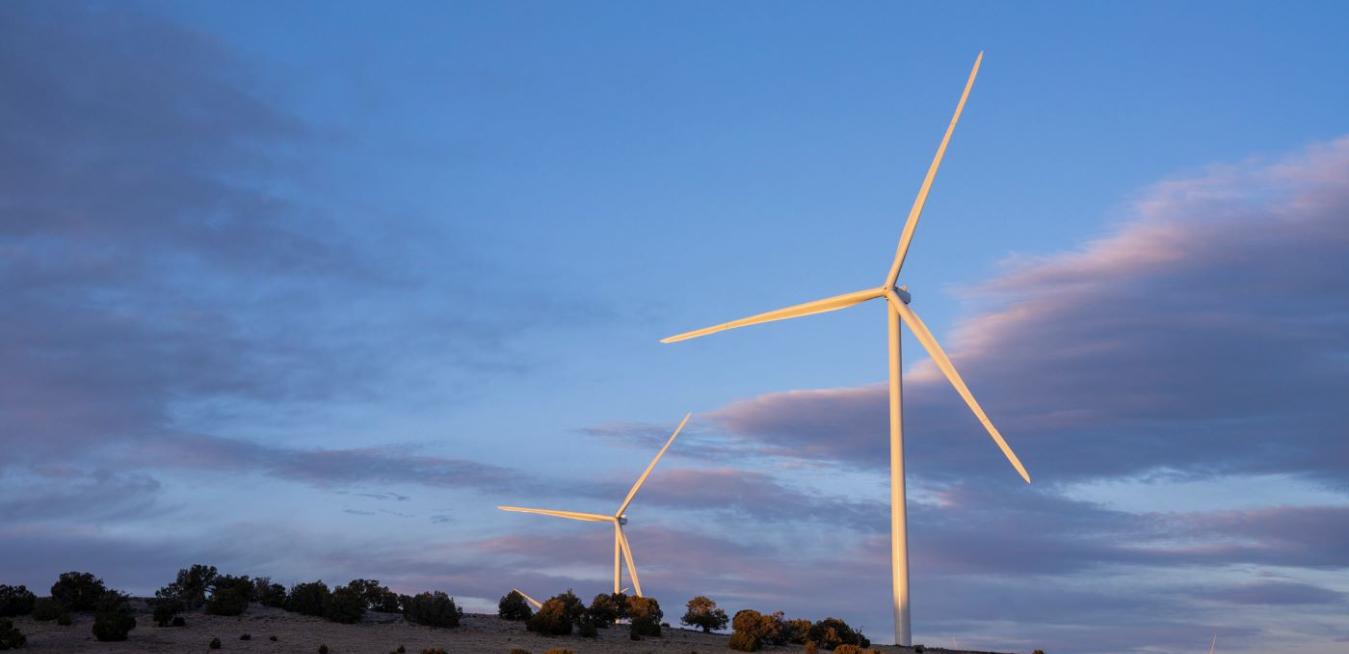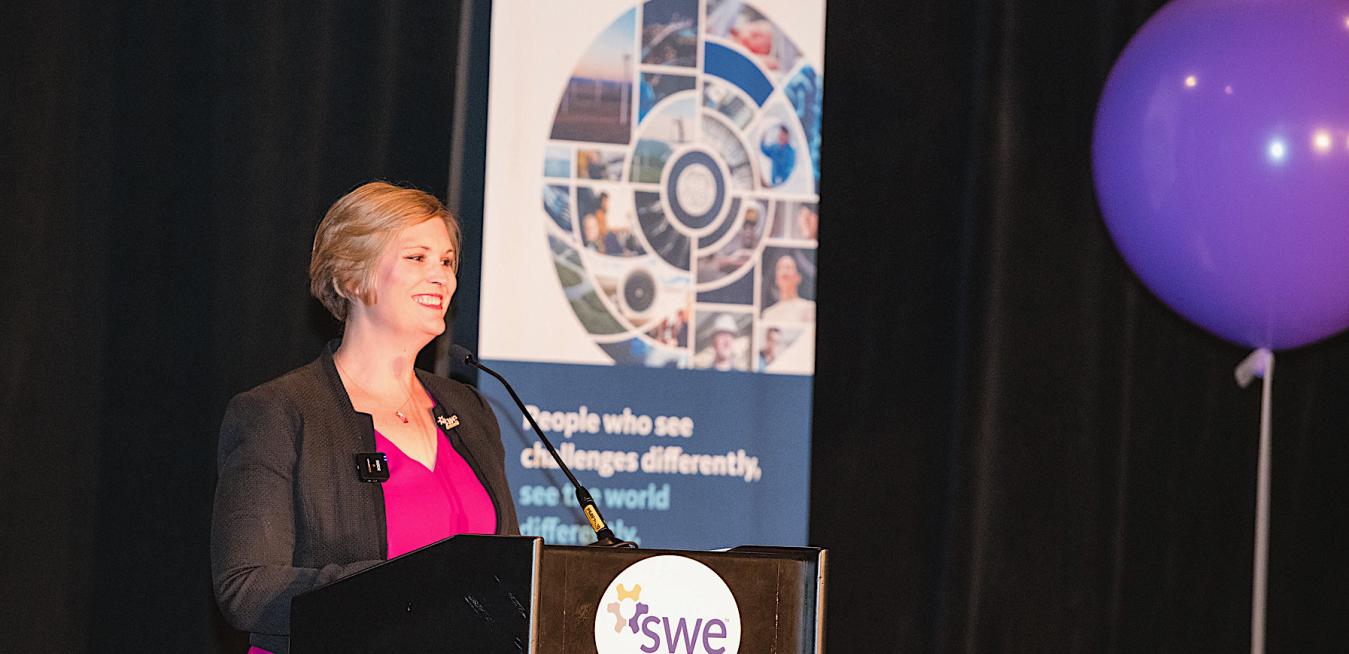Over the next 60 seconds, GE’s energy technology, from gas and wind turbines to hydroelectric, will generate enough electricity to supply millions of households for an hour. In that same time, around 30 aircraft equipped with jet engine technology made by GE or one of its partners will take to the skies — one every two seconds.
Dayna Johnson had one of those a-ha career moments while visiting GE Gas Power’s Advanced Manufacturing Works, a state-of-the-art facility for new-make process and repair development in Greenville, South Carolina, this spring. Hung on a wall was an oversize poster of Thomas Edison, emblazoned with a few of his very wise words.
Like most leaders in GE’s Pride Alliance, Liam Richards didn’t show up to work with a burning passion for social justice. His passion was for flight, which as a youth in England he pursued via a private pilot’s license and a degree in aerospace engineering. In 2012, Richards signed up for a local blood drive, where he was first obliged to check “homosexual” on a screening form and then was promptly barred from participation. “This was one of the first real times I came across discrimination,” says Richards, who’d grown up in London and been openly gay since he was 16.
Its name is confined to one neat square on our April calendars, but Earth Day’s impact continues to grow 53 years after its inception. The increasing urgency of climate change has spun a once-grassroots conservation effort into a global sustainability movement.
As Earth Day approaches on April 22, GE Reports spoke to two GE Aerospace leaders about sustainability efforts moving the company forward and how they are critical and entwined in the broader movement known as ESG: environmental, social, and governance.
When she was a little girl, every Friday for six years of her childhood in Columbus, Ohio, Devon Shepherd’s family would get in their minivan and drive to the airport to watch planes take off and land. Shepherd marveled at how amazing they were. What makes them fly? she often wondered.









